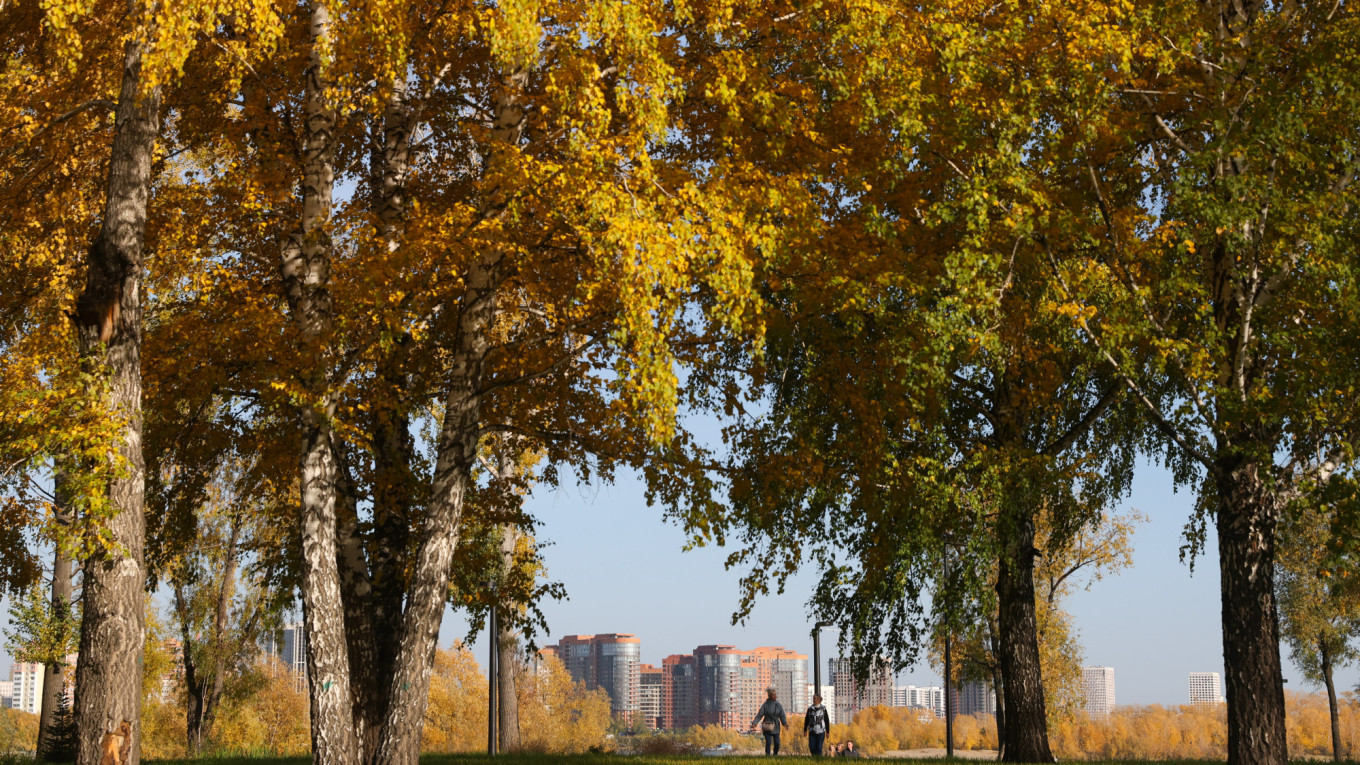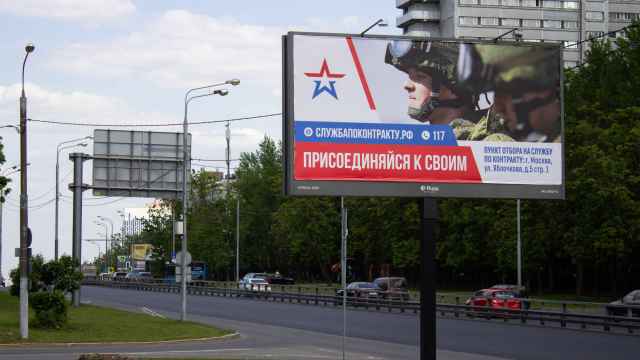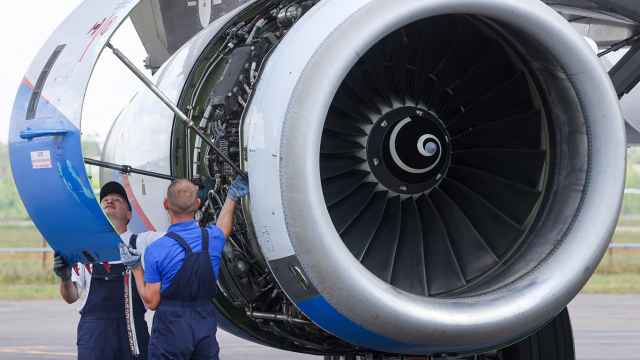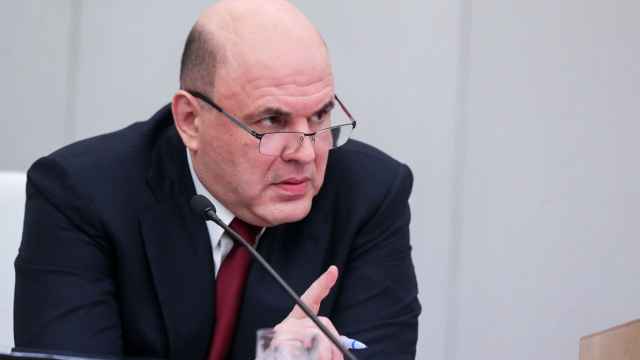The Kremlin would like the current electoral cycle to showcase how Russians have rallied behind the leadership amid the war in Ukraine. The authorities have already declared a comprehensive victory in governor and regional legislature elections that took place earlier this month. However, the main event is still to come—presidential elections.
It’s not difficult to predict a victory for Vladimir Putin in the 2024 vote, but there are still some unknowns. The most significant of these is: How has the war impacted public opinion in small-town Russia? Small and medium-sized towns have traditionally been the electoral base of the Putin regime and a reliable source of anti-elite sentiment manipulated by the authorities for their own benefit.
However, the recent popularity enjoyed by mercenary company Wagner has forced the Kremlin to rethink: Has hatred of the elite in the regions gone too far? Are they still a bastion of support for the regime?
Officially, there are about 40 million people living in small and medium-sized towns in Russia (though unregistered labor migration to large cities means the real number is likely lower).
Their political role is clear: small and medium-sized towns are a crucial part of the Kremlin’s myth about Russia’s salt of the earth always backing the regime. The Kremlin is so convinced of the truth of this that 2016 electoral reforms saw the creation of voting districts in many regions that included both a part of the regional capital and surrounding small towns and countryside—a combination that would supposedly neutralize urban protest votes.
Backing for the authorities in such places is explained, firstly, by demographic factors. Young people leave for bigger towns and the elderly—traditionally more loyal to the authorities—are left behind. Secondly, local labor markets are dominated by state employees, security officials, and workers in factories run by large companies that depend directly on the state (and whose owners curry political favor by making sure their staff vote the right way).
The political situation in small and medium-sized towns can be described as “green-eyed paternalism.” In other words, people seek a strong hand while being anti-elite and broadly supportive of left-wing politics. The country’s leaders, they believe, should be addressing inequality and corruption—and should avoid wasting money.
Another reason for the loyalty of small and medium-sized towns is their dependence on money disbursed from Moscow. The last remnants of local self-government in Russia were dismantled just before the invasion of Ukraine with the 2021 “law on public government.” Municipal administrations now can raise only tiny amounts of cash, and any serious expenditure (from transport to urban renewal) requires federal financing. Negotiating for this money is a big part of the work of local governments.
The war has changed surprisingly little in the day-to-day socioeconomic reality for small and medium-sized towns. Indeed, it has actually strengthened an economic model based on the energy and defense sectors, which has traditionally been kind to Russia’s regions. Infrastructure projects have continued largely out of inertia, and buoyant export revenues mean the Kremlin has not ditched the ambitious national goals set by Putin in 2018. The unofficial agreement has been: “Vote for Putin and the ruling United Russia party, and send your men off to war, and we’ll continue to fund hospital upkeep and urban renewal.”
Towns with defense factories, monotowns, and military towns have played a special role since the start of the war. These were mostly built at the start of the Cold War as part of the Soviet Union’s planned economy. Amid the Ukraine war, they’ve been enjoying both a new relevance and an influx of state financing.
In many ways, all this looks to be an encouraging picture for the authorities. But could the Kremlin become a hostage relying on this type of support?
There were alarming precedents even before the war: for example, Russia’s 2018 pension reform led to protests at the ballot box. And it’s important to remember the 2009 demonstrations in Pikalyovo when, amid the fallout from the global financial crisis, the monotown’s main employer began to struggle, firing some staff and withholding wages from others. The despairing inhabitants took to the streets, and the situation was only resolved by Putin’s personal intervention.
Pikalyovo was a classic example of how sectoral economic problems can grow into a local crisis. And many towns in Russia are in similar situations at the moment: for example, the towns of Kotlas, Segezha, and Sokol are dependent on the timber processing industry that has been hit badly by Western sanctions. However, the war has turned expectations on their head, and the previous rules of the game seem no longer to apply.
Stability is currently guaranteed by low unemployment (according to official data, it’s 3.2 percent). Reasons for this include mobilization and the high demand for workers in the defense industry. In small towns with older populations, the shortage of workers is particularly acute. In other words, a classic unemployment crisis is not in the cards.
Big salaries for mobilized men and contract soldiers have also been an economic boost to the regions, raising standards of living. Other social programs, including increased handouts for low-income families, have channeled even more funds. Russia’s State Statistics Service (Rosstat) is likely to be telling the truth when it claims the country is experiencing record-low poverty.
But this may not last. The outlook for the Russian economy is darkening, and inflation could become a serious problem.
Changes to the social contract as a result of mobilization have created extra responsibilities for regional and municipal authorities. More and more people are demanding explanations from officials. And they’re not satisfied with answers that claim all decisions are taken in Moscow.
Thanks to generous handouts in 2022, the authorities were able to buy off those in Russia’s regions who sought social justice. But the Kremlin’s financial resources are shrinking, and they may not always be able to keep these aspirations for social justice in check.
This article was originally published by The Carnegie Endowment for International Peace.
A Message from The Moscow Times:
Dear readers,
We are facing unprecedented challenges. Russia's Prosecutor General's Office has designated The Moscow Times as an "undesirable" organization, criminalizing our work and putting our staff at risk of prosecution. This follows our earlier unjust labeling as a "foreign agent."
These actions are direct attempts to silence independent journalism in Russia. The authorities claim our work "discredits the decisions of the Russian leadership." We see things differently: we strive to provide accurate, unbiased reporting on Russia.
We, the journalists of The Moscow Times, refuse to be silenced. But to continue our work, we need your help.
Your support, no matter how small, makes a world of difference. If you can, please support us monthly starting from just $2. It's quick to set up, and every contribution makes a significant impact.
By supporting The Moscow Times, you're defending open, independent journalism in the face of repression. Thank you for standing with us.
Remind me later.








